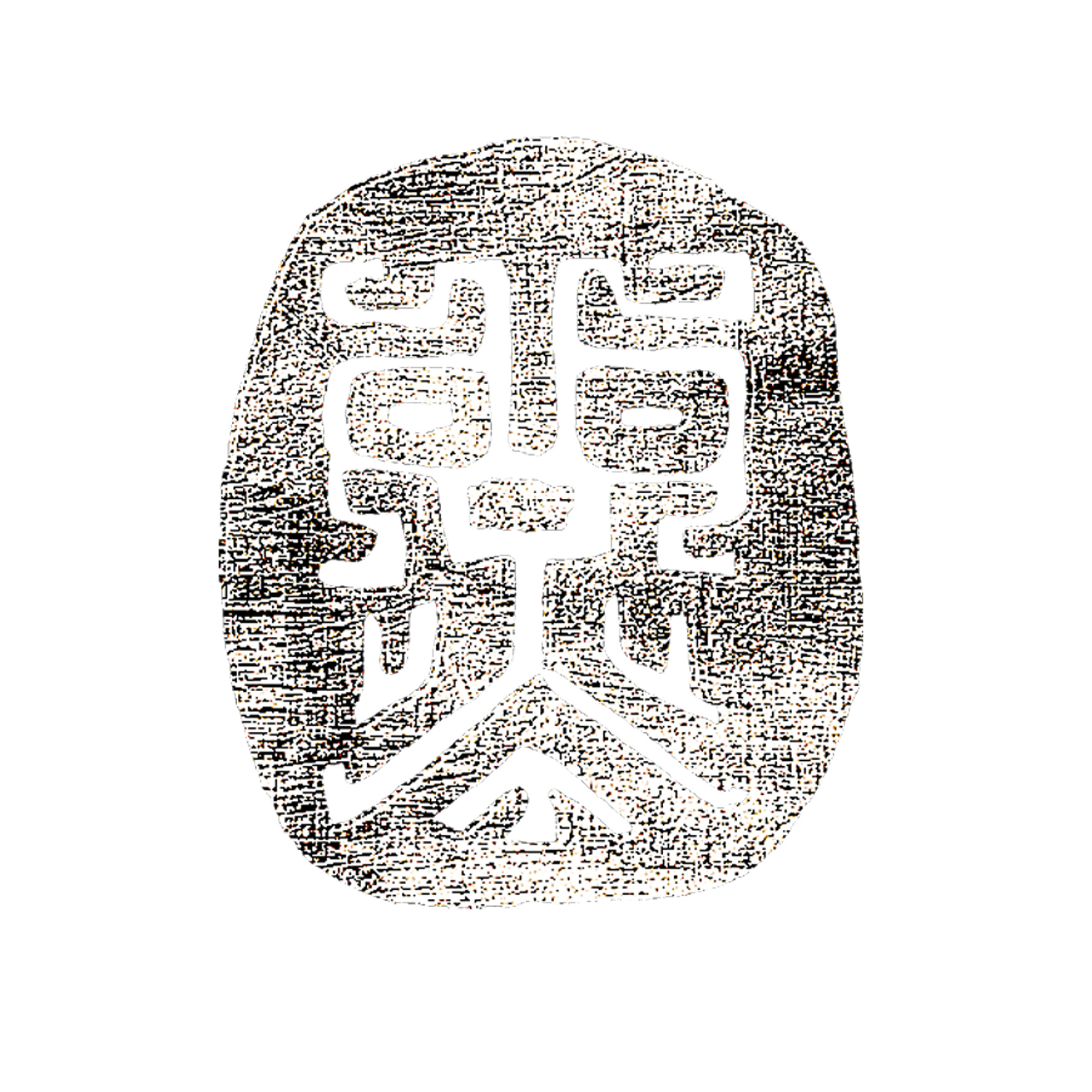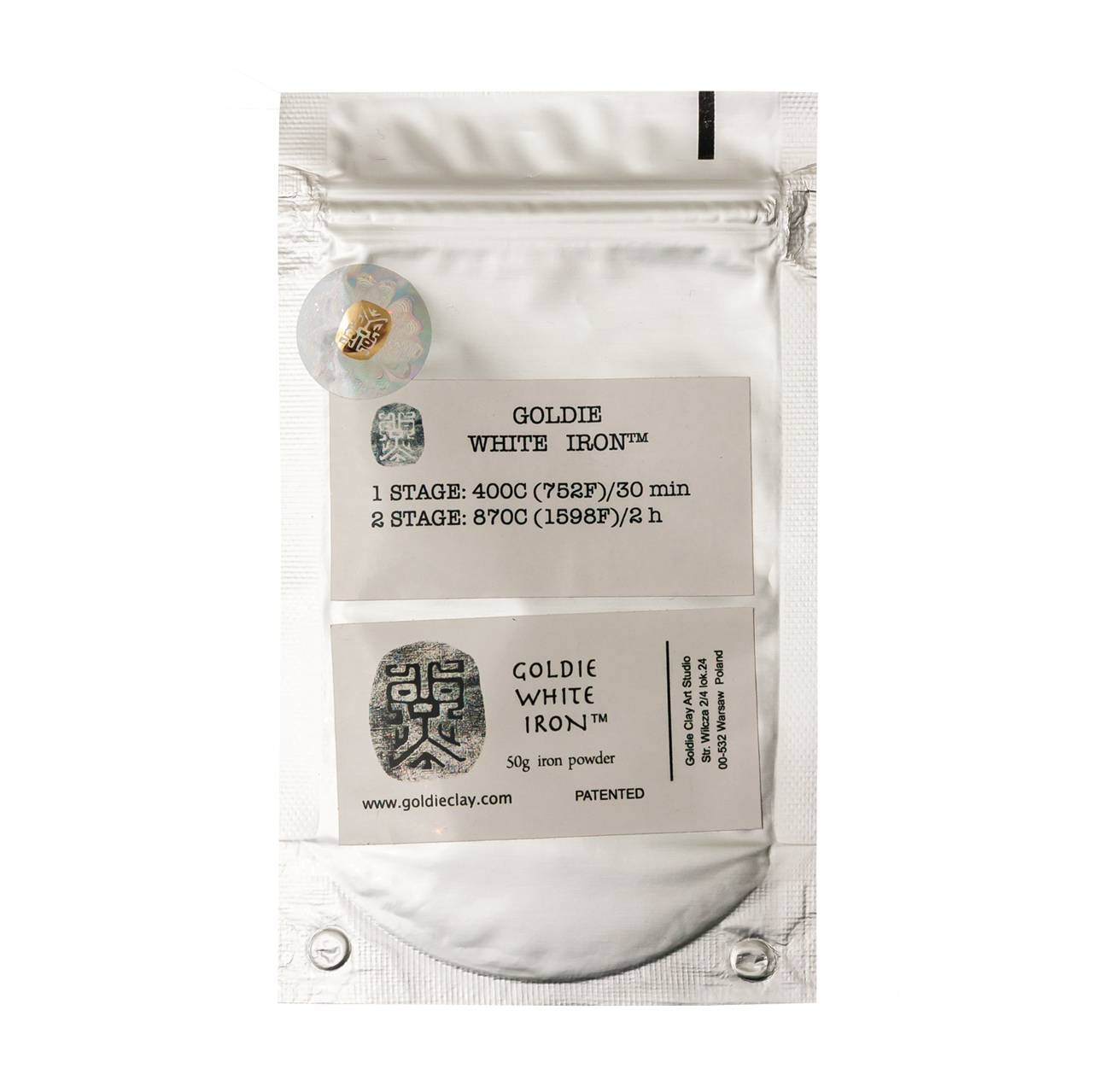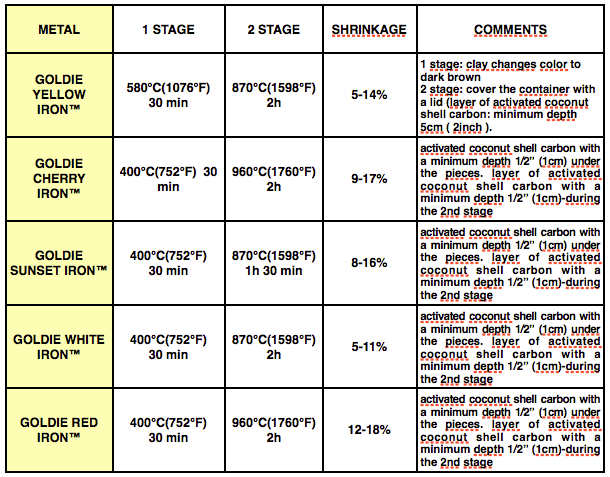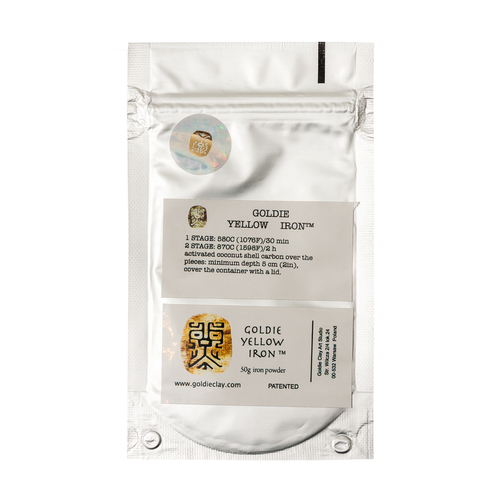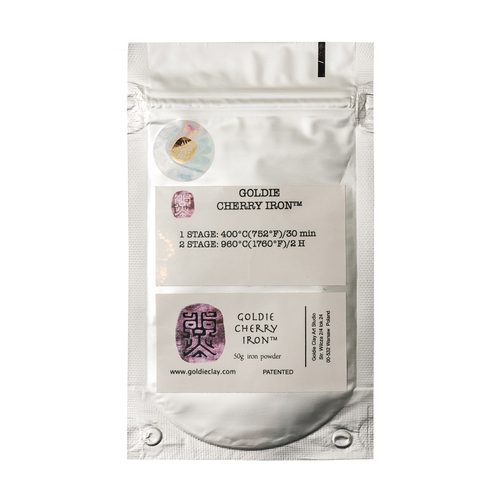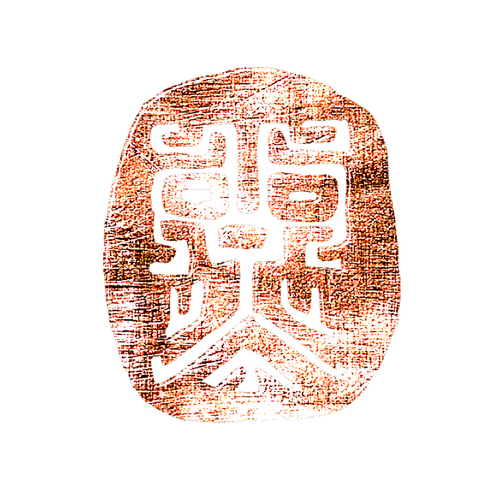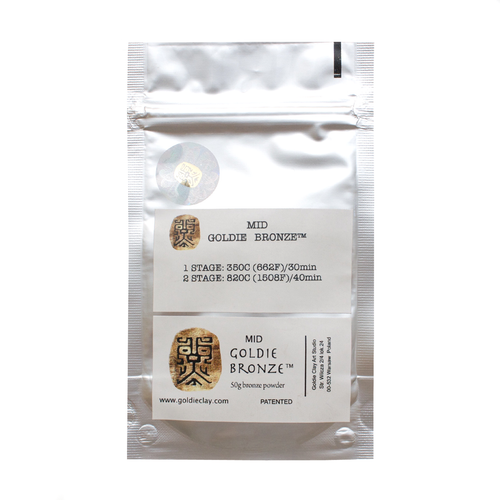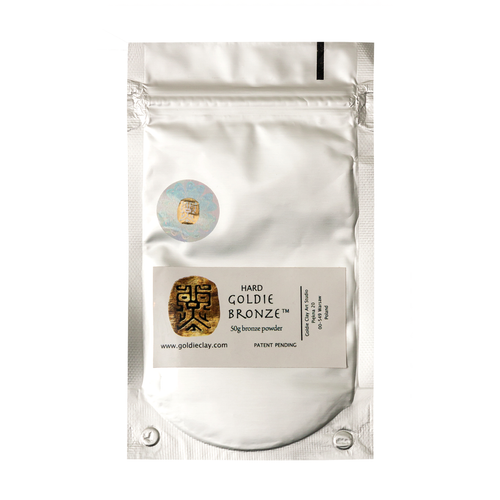Product Description
Goldie White Iron - a silver/bronze colour.
**Requires Kiln Firing
Unlike our other metal clays, all Goldie Clays come in powder form, which is then mixed with water.
Available in size: 50g, 100g, or 200g
To mix, follow these steps:
● Put the all amount of powder into a jar or bowl.
● Add about a dozen drops of water or spray in a little water and mix well with a knife or spoon, adding more water as required, until you get a clay of a plasticine like consistency.
● Roll the lump clay out thinly and fold over. Roll again, rolling away from the fold. Repeat this action several times. This is very important to ensure that all the air is removed from the clay and to get a smooth consistency before using. Insert into a plastic bag and wait for 30 minutes.
To use:
● To join elements in Goldie Iron™ clay mix a little powder with water to make a paste. Elements can also be joined with the water only method in the same way as silver clay.
● Pieces can be dried naturally or by using heat, e.g. on a hotplate or in a dehydrator. Dry at 90°C (195°F) or lower. Higher temperatures may cause cracking, and the creation of steam bubbles.
● Remember to always clean your tools well between using different types of metal clay to avoid cross contamination. The above comment does not apply to metals from the Goldie Metal™ line, because you can mix them together with Mokume Gane, or other techniques.
To fire:
● Ensure the clay is completely dry before firing. Any moisture will boil and ruin the piece.
● In the two-stage firing, follow this table:
● Fired pieces can be removed from the kiln hot or cold.
----------------------------------------------------------------------------------------------------------------------
* These clays take texture very well but we suggest using quite a deep texture as these show up better than shallow textures.
* Shake the bag well before opening to ensure an even mix of metal powder and binder.
* Always wear a respirator mask to prevent breathing or ingesting Goldie Clay powder
Click here to see our full range of embeddable findings.

